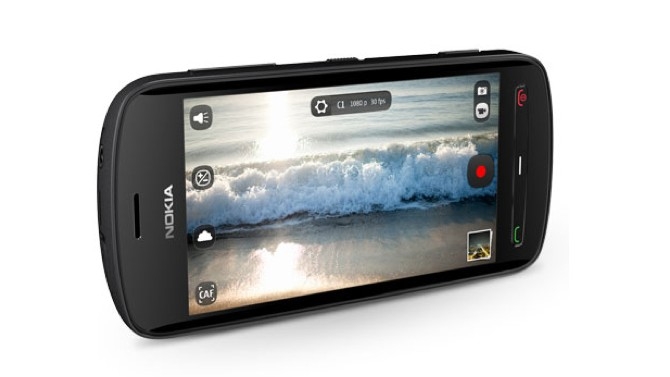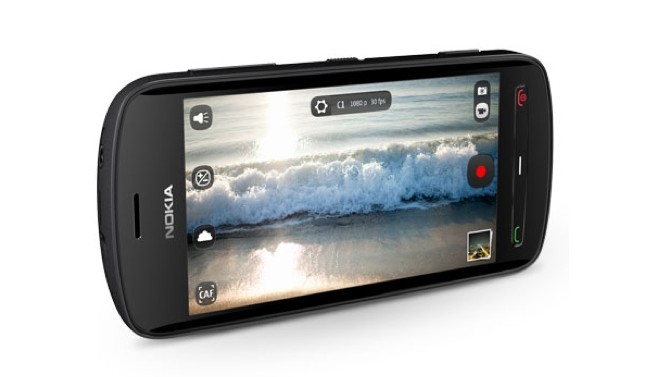
 Nokia 808 PureView
Nokia 808 PureView
Just in case you thought for a moment you’d fallen asleep and woken up in 2022, I’d better say that again: Nokia now has a 41 Megapixel phone.
The trouble with that statement is that, even if it were true (which it is, says Nokia) it just doesn’t seem right - because that number of pixels packed into a mobile-phone type sensor would just be, well, rubbish, wouldn’t it? And anyway, are we really ready for a phone with a bigger pixel resolution than Super Hi Vision?
But there is some proper science behind this puzzling headline.
The reason for the Nokia 808 PureView’s gargantuan pixel count is that with such a large number light-capturing elements on the sensor, you can do some very clever things if all you want to output is a more reasonable 5 Megapixels, a number that would be perfectly adequate for high definition video and even the vast majority of photo prints.
For a start, you can zoom in without pixellation. Until now, digital zooming has meant a loss of quality, because the further you zoom in, the fewer - and the larger - pixels you will have in your picture. But if your frame size is 5 million pixels and you have 41 million to choose from, then you can zoom-in all the way from the whole sensor to the middle of it, without loosing any quality. And by “oversampling’ from such an extraordinarily large number of pixels, it means that any image of virtually any size is going to look better - and you would definitely have no problems with de-bayering.
Of course this begs a lot of questions. How good is the lens? What’s the video quality like?
Well, the lens is sourced from Carl Zeiss. And the pictures I’ve seen look very good. There’s no sign of any video footage yet, but with a decent H.264 maximum bitrate of 25 Mb/s and with this amazing sensor, you’d hope that it would be at least as good as from an iPhone 4S, which is already quite outstanding considering it’s a phone.
One other thing that might qualify this camera as at least “good enough” for a pro-video emergency is that sound recording is “near CD” quality. Don’t expect to see dual XLRs and phantom power - it has built-in mics, but if you’re caught on the hop with no other means to capture video and audio, this phone could be just the thing you need.
This publication isn't really about mobile phones, but we're now firmly in the domain where consumer electronics sets the pace for professional gear. Just look at the Playstation 3: its innards are used to power multiple pieces of Sony high-end video processing equipment.
It looks like we're seeing the start of a trend where it's possible to make sensors that are so wildly overspecified for standard HD, that we'll be able to Pan around an image without moving the camera, and zoom digitally with no image degradation. And what it's leading to is that the camera position will be just another issue that can be fixed in Post!
Tags: Technology


Comments